If you have to do it, here’s how to do it right
There are plenty of very good reasons to be wearing a mask. As we slowly emerge from pandemic lockdowns, face masks, even simple fabric ones, can drastically reduce the spread of Covid-19.
But wearing a tight-fitting covering over your nose, mouth, and chin has its drawbacks, especially as temperatures and humidity rise and we all start sweating behind our masks. Even when washed regularly, a mask can act a bit like a petri dish against the skin. Enter “maskne,” the newest pandemic side effect.
Skin care companies have begun peddling maskne-specific offerings, dermatologists report that calls about breakouts are skyrocketing, and Google searches for the term have spiked.
But the American fixation on skin care — and its occasional associated gore — isn’t new. Cyst removal, blackhead extraction, and pimple-popping videos have been all the rage for years. There are dozens of popular Instagram accounts dedicated to the practice, and since 2015 Dr. Sandra Lee, a dermatologist otherwise known as “Dr. Pimple Popper” has been entertaining her more than 6 million YouTube subscribers with graphic, but somehow deeply satisfying content.
“Social media is a big part of what’s propelling this phenomenon into the spotlight because it’s one of those ‘guilty pleasures,’” says Marc Lafrance, PhD, an associate professor of sociology at Concordia University who studies people’s experience with acne, the most common skin disorder. “It’s the intersection of pleasure and pain, and it becomes really entertaining for people.”
Now, especially, watching pimples pop could be providing some much-needed stress relief. Studies find that, for both adolescents and adults, even moderate acne can have a significant negative impact on one’s quality of life. The videos give viewers a vicarious experience as others “rid their bodies of something that’s the source of not just disgust, but something that represents a lot of psychological distress,” Lafrance adds.
As exhilarating as it may be (for some viewers, anyway) to watch pimples get popped, it’s also a way to satisfy the urge to pop one’s own, which medical experts say is almost always a bad idea. We’ve all heard the conventional wisdom that the best way to really treat your own pimples is to leave them alone, but let’s be honest: If you wake up with a giant zit on your chin, you’re probably going to try to do something about it.
If you’re going to take matters into your own hands, do yourself a favor and learn how to do it safely and correctly.
There are different types of pimples
What we call a pimple might actually be one of a number of different types of blemish. First things first: figure out what you’re looking at. The American Academy of Dermatology (AAD) provides a helpful blemish gallery you can use to identify whether you’re dealing with a pustule, a whitehead, a cyst, or something else entirely.
“Most ‘pimples’ are caused by the inflammation of a hair follicle,” explains dermatologist David Finkelstein, a fellow of AAD with a practice in New Jersey. When a follicle—a small skin cavity from which hair grows—gets clogged with dirt, natural oil (called sebum), or sloughed-off skin debris like keratin, they become comedones, otherwise known as blackheads and whiteheads.
“Whiteheads and blackheads don’t hurt,” Finkelstein says. “When you get bacteria in a hair follicle and it causes those tender white bumps on a pink base — that’s different. That’s what people call a ‘zit.’ We call it a pustule.”
There are other types, too, including small, hard red bumps that often show up in groups when oil and bacteria move into the lower layers of the skin. Those are called papules. Finally, when acne-causing debris or bacteria pushes itself even deeper, an acne nodule or cyst can form. Those are the painful, tender zits that don’t have a “head” and are usually the most difficult to deal with.
“It’s the intersection of pleasure and pain, and it becomes really entertaining for people.”
Generally, you really shouldn’t pop them on your own
If you’ve got pus- and bacteria-filled bumps or an abundance of blackheads, you might find yourself unable to resist popping or picking. Still, Finkelstein says, you seriously shouldn’t.
Trying to deal with a pimple yourself opens you up to potential scarring, swelling, and hyperpigmentation in the area. Plus, pimple-popping can come with some startling risks.
“Usually, nothing sinister will happen,” he says. “But rarely, you can spread that bacteria and get something called cellulitis,” a painful skin infection that causes redness and swelling, and needs to be treated with antibiotics.
“There’s a good amount of blood flow to the face, so typically your body clears it out, and it’s no big deal, but sometimes you can get this incredible swelling that requires antibiotics or hospitalization,” he adds.
Because certain blood vessels in the face lead to important areas in and around the skull, in extremely rare cases, popping a pimple poorly could potentially result in a bacterial infection reaching the brain. These vessels are between the nose and the corners of the mouth, in what’s colloquially called the “triangle of death.”
Channing Barnett, an Ivy League-educated medical and cosmetic dermatologist who practices in southern Florida, says that’s more social media sensationalism than realistic concern. The odds of an infection from a pimple reaching the brain are incredibly slim. “I’ve seen the ‘triangle of death’ thing mentioned on social media, but I think that’s people making a big deal out of nothing,” she says. “I think it honestly has a lot to do with our nervousness about bacteria, and MRSA, and sepsis, but a lot of that anxiety isn’t really justified.”
Still, she says, the best medical advice is to let a professional handle your acne, and Finkelstein agrees.
“I’ve never seen a brain infection, but it’s in the textbook,” he says. “I tell people that’s the worst-case scenario: So don’t pick your zits.”
If you still decide to pop a pimple, heat things up
“Most dermatologists will tell you, of course, ‘leave it alone,’” Barnett says. “But honestly, I do get the occasional pimple, and I don’t always wait for my aesthetician to pop it for me.”
Concerns about the coronavirus may be keeping you away from the dermatologist or aesthetician, but if you know what you’re doing, you may be able to extract pustules, blackheads, and whiteheads on your own. If you wake up with a pimple that’s simply got to go, your first move should be to get some steam going. “It’s the same concept as a facial,” Barnett says. “It opens everything up.”
The heat and moisture from steam open up your skin’s pores and loosens the gunk that’s clogging them, all of which will make it much easier to clean them out once you start working on your blemish.
“They sell [facial steamers] now online, or you can take a hot shower,” says Kirsten Caratura, an aesthetician in New Jersey. “You can also do it the old-fashioned way, by leaning over a pot of hot water with a towel over your head.”
Finkelstein says a hot compress is the way to go. Soak a clean washcloth in water that’s toasty, but not hot enough to burn you. Then, simply apply gentle pressure to the pustule. Eventually, the follicle should open enough to release the pus on its own, without you having to push or squeeze.
“When you push that pus you compress it and it explodes, which leads to more swelling in your face,” says Finkelstein. When you use a warm compress, “it usually comes out by itself.”
In some cases, heat can also help with the deeper nodule or cystic acne. “Those really bad, deep pimples that don’t look like they’re going to surface are really hard to treat at home,” Barnett says. “They’re not the kind I recommend people going after because if they don’t come to the surface they’re almost impossible to evacuate.”
Your best bet with those, she says, is to apply a warm compress for five minutes. “If it looks like it’s coming to a head, you can squeeze it out.” If not, either leave it to the pros or just wait it out; the swelling should eventually go down on its own.
Give everything a good scrub
If you’re determined to use a hands-on approach, start by washing them. Use an antibacterial soap to clean your hands first, then take a pH-balanced cleanser to your face.
“You want something that won’t strip your oils,” says Caratura. “You don’t want to dry out your skin too much.”
Washing your hands and face before you start poking and prodding your skin can help control the spread of germs and bacteria.
Provide your pimple an opening, and be gentle
Rather than squeezing until the pus shoots out from under the skin,
Barnett says the better way to deal with something like a pustule is to open the spot up yourself, first. “You just need to make a little prick, to give an opening that you can gently squeeze the pus out of,” she says. “If you’re doing that at home, what I tell patients is to sterilize a safety pin or a sewing needle, [ideally by boiling in a clean pot of water for 30 minutes], give it a little prick, and then with clean fingers or two Q-tips, gently apply pressure from the sides, and then the top and bottom, and the pus evacuates easily.”
Open comedones, or blackheads, can be dealt with in much the same way, by applying gentle pressure from the sides. Whiteheads can be a little tougher. “Those are closed comedones; they have a little roof on them,” Barnett says. “Those are a lot harder to deal with on your own, but you have to put a tiny knick or hole in that roof, and then you can squeeze them out.”
Don’t overdo it. Once the pus has been released, Caratura adds, it’s time to stop. “If you cause bleeding, you can cause more damage under your skin.”
Try to avoid applying makeup to the spot before it heals, and do your best to keep it clean. If you still have some inflammation, or you think there’s still some pus inside, a little peroxide can pull double-duty, keeping the area clean and helping to heal the pimple.
“Benzoyl peroxide can be used as a ‘zit zap,’” says Finkelstein. “It’s kind of a chemical way to pop it.”
Once you’ve opened it up, a hydrocolloid patch (or “zit sticker”) can also help gently absorb fluid and oil. Pop one on your otherwise clean skin before bed, and wake up with a pimple that’s less red and inflamed.
Embrace your imperfections
Part of the obsession with pimple-popping, Lafrance theorizes, comes from the influence of a culture “obsessed with optimizing health, or, more accurately, the appearance of health.” Thanks to heavily filtered selfies and photo-editing apps like Facetune, that means we’re constantly seeing perfect, unblemished skin.
For most of us, pimples are a fact of life: Acne is the most common skin condition in the U.S., and 85% of people between 12 and 24 have at least minor issues. The healthiest way to handle a pimple — both physically and psychologically — is to learn to live with it.
Plus, Finkelstein adds, the best way to treat a pimple is to prevent it from appearing in the first place. “Prevention is the best thing you can do: Take care of yourself, eat a good diet, sleep well, and wash your face.”
Source : Medium



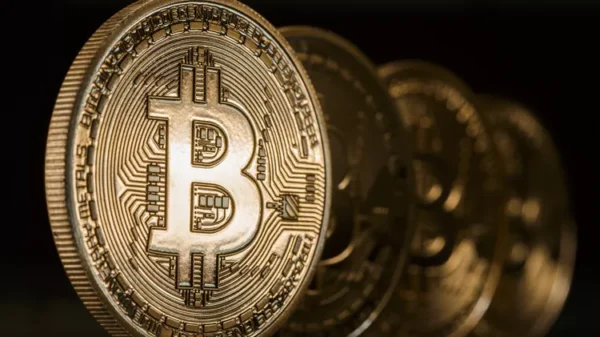
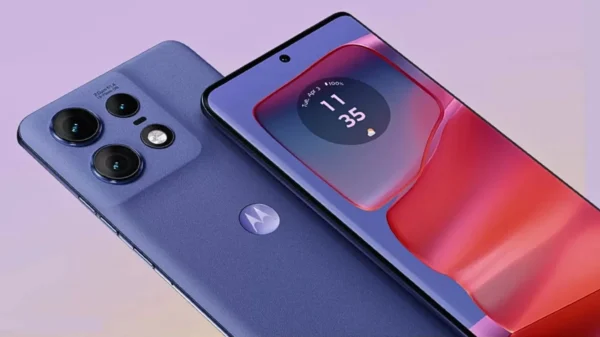

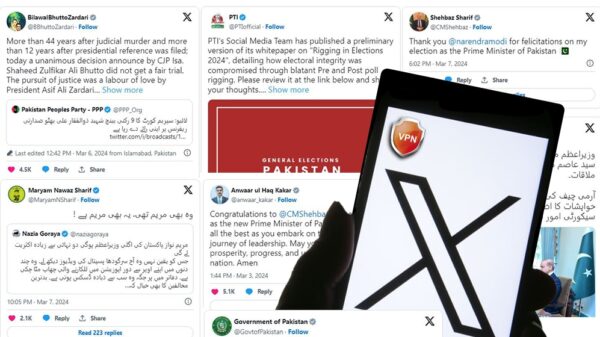
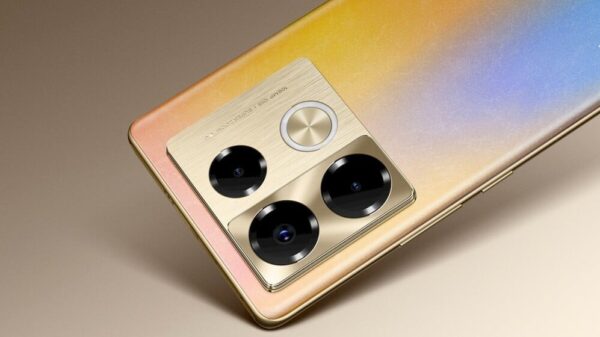
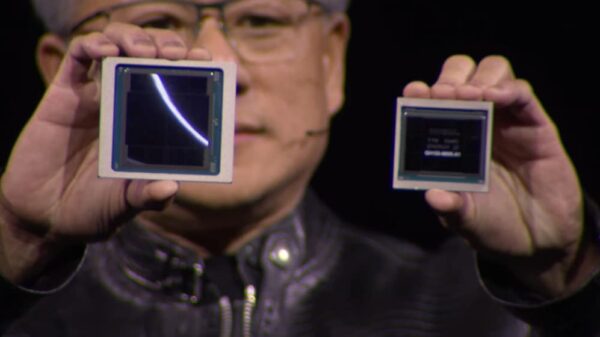
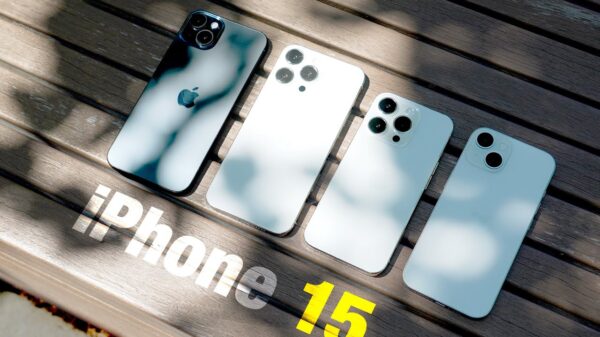
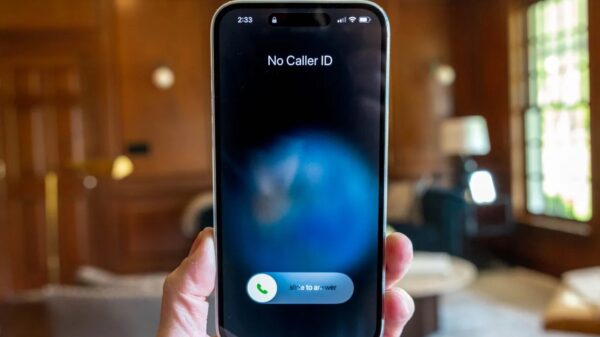
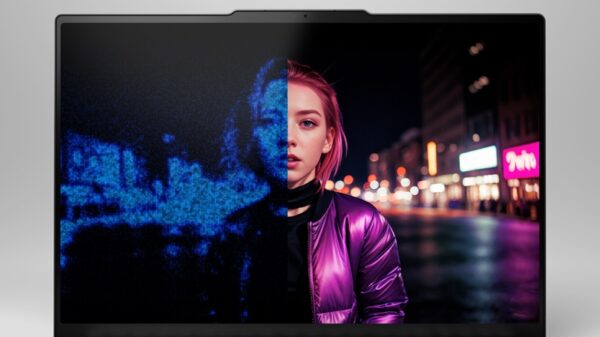
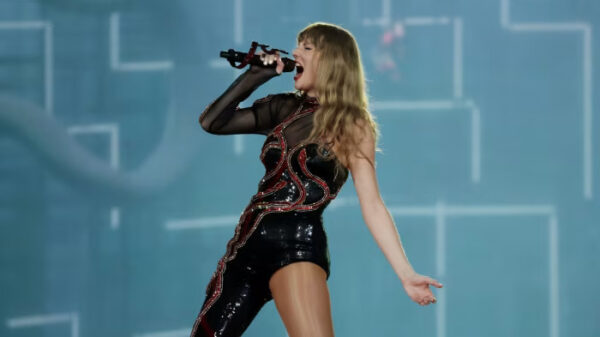
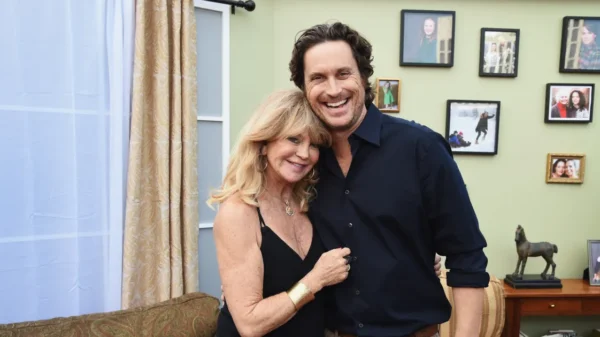






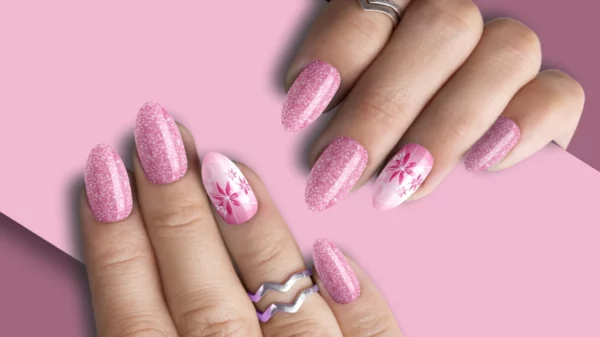

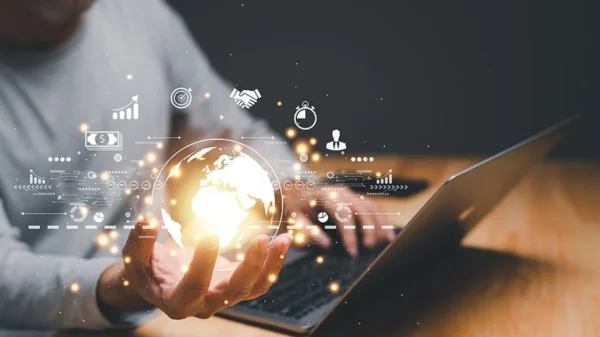



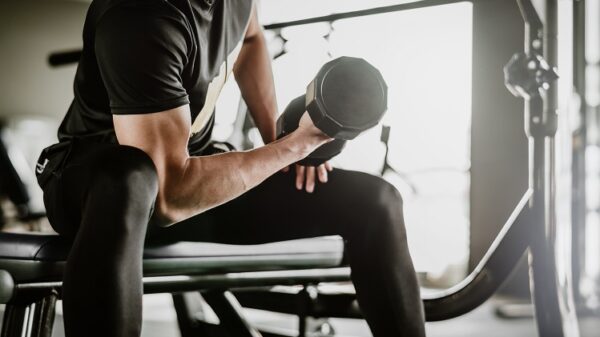
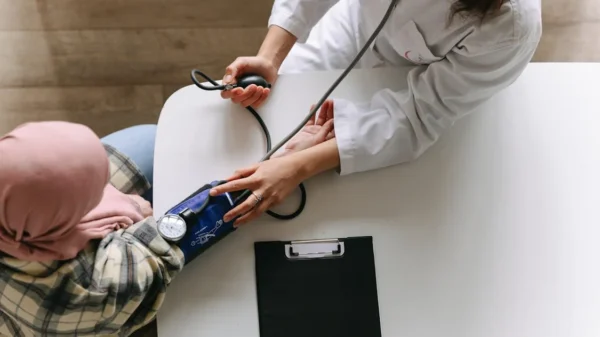
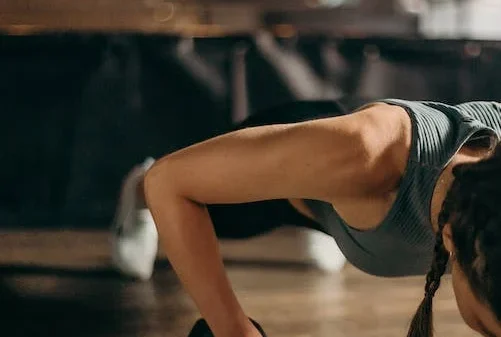
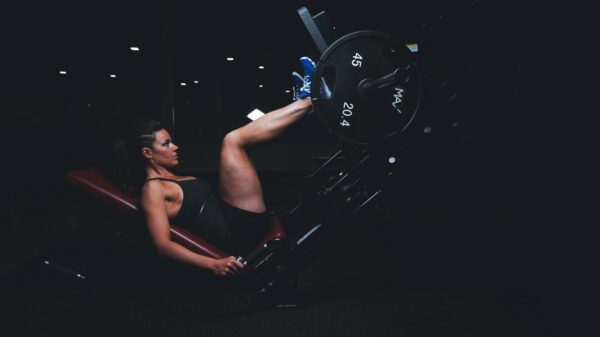
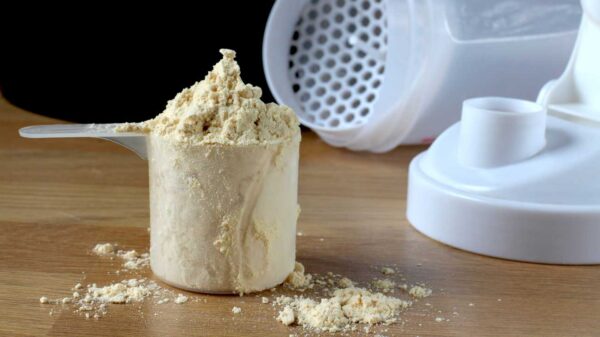
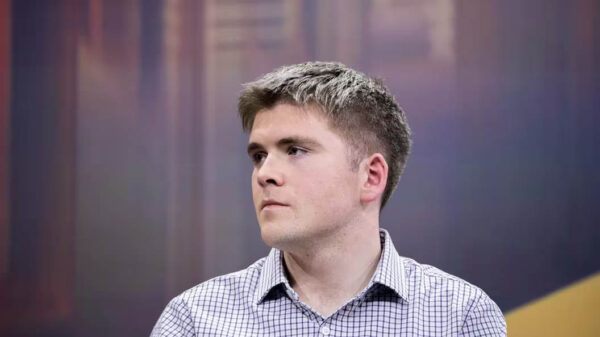
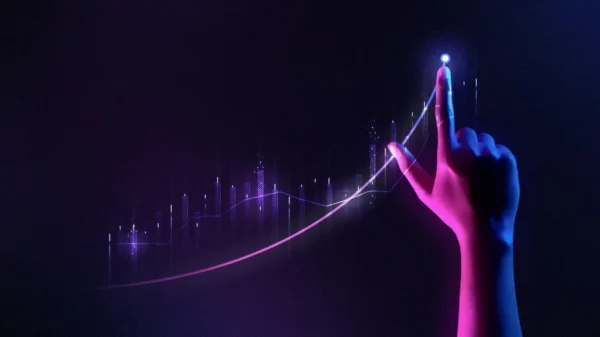

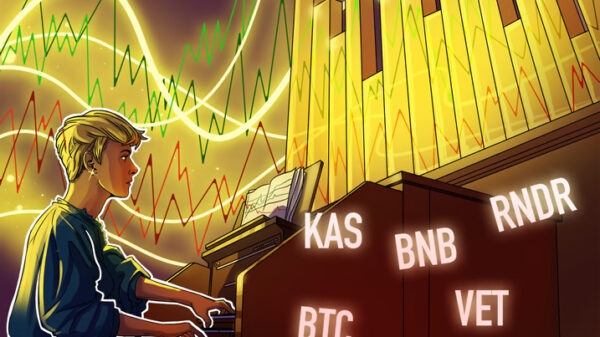
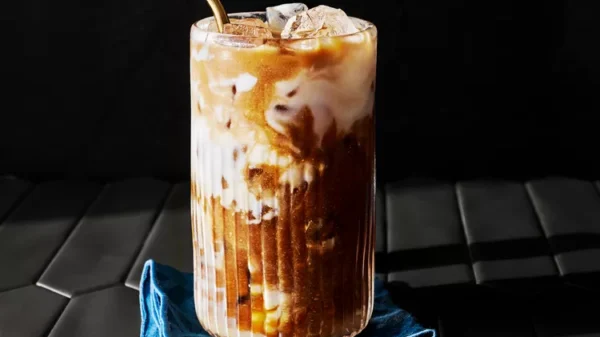
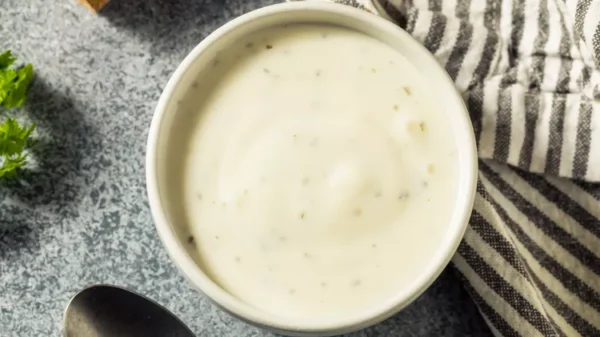
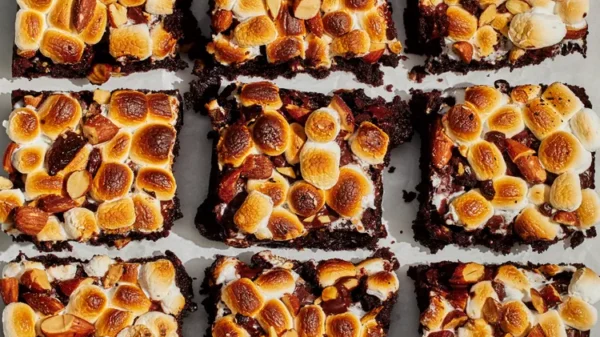
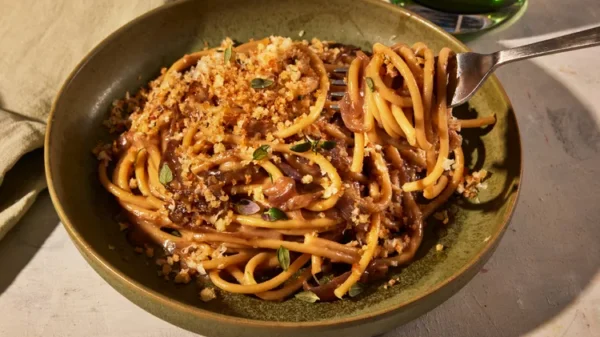




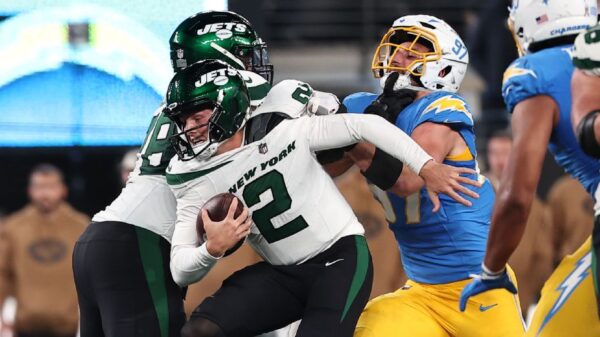
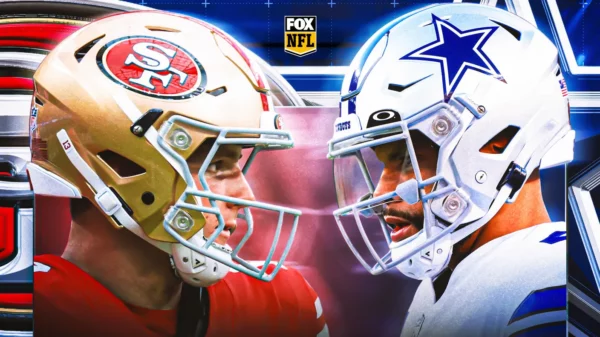

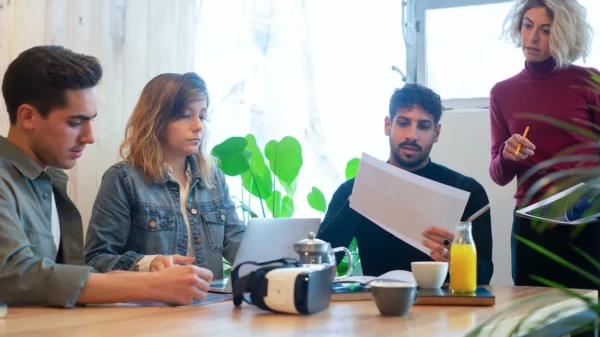

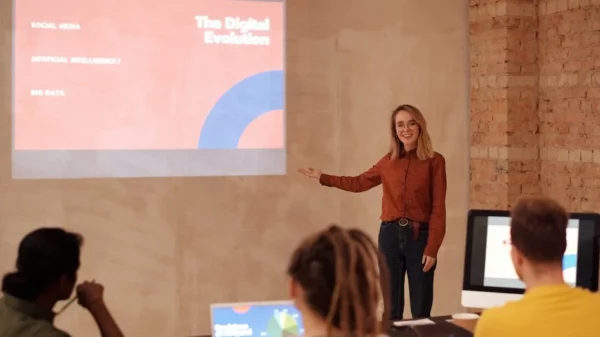

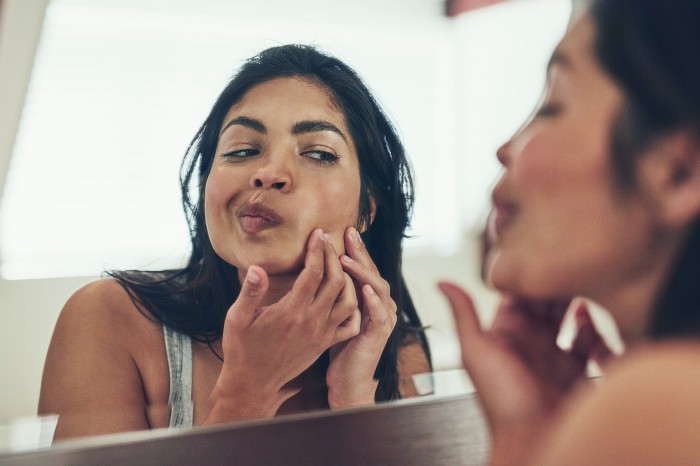
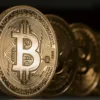

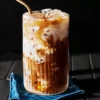

You must be logged in to post a comment Login